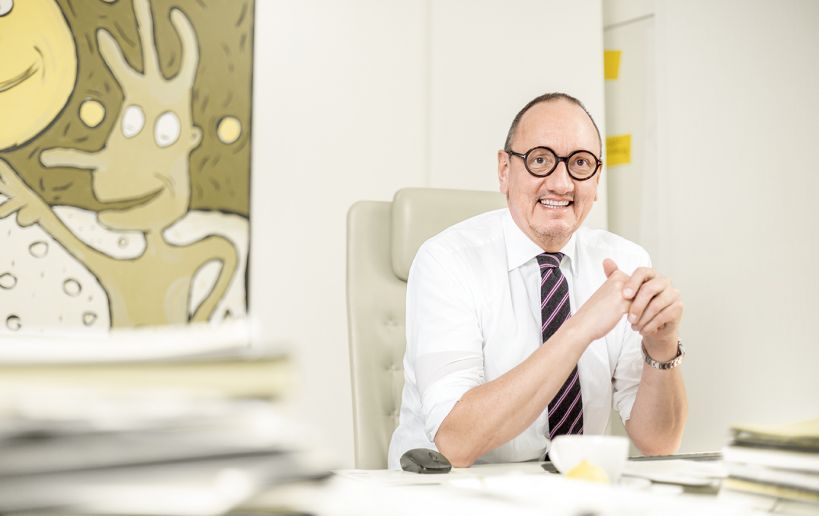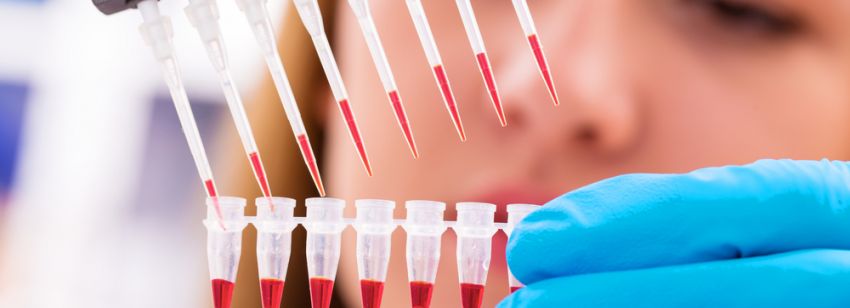Authorization is not the only hurdle – how virus production poses serious problems for gene therapy companies
About the author

Prof. Matthias P. Schönermark, M.D., Ph.D.
Founder and Managing Director
Founder and Managing Director
Fon: +49 511 64 68 14 – 0
Fax: +49 511 64 68 14 18
Fax: +49 511 64 68 14 18
Gene therapy is usually based on adenoviruses or lentiviruses, which are deliberately mutilated to the point that they are no longer able to cause infections. For each gene therapy, the virus particles must be specifically adapted. This is done under very high safety and quality standards, which can only be guaranteed in a few specialized production facilities. This situation creates a serious bottleneck. The few manufacturing facilities are currently flooded with inquiries from small and large research organizations and pharmaceutical companies. The places in the queues are already booked years in advance and are associated with considerable costs due to their exclusivity. As the optimization process of virus particle production is time-consuming, the capacities are extremely tight. A secure production site is now often a prerequisite for financial support of new gene therapeutic approaches. If there is no guarantee of a reliable particle production site, the chances of attracting investors are severely reduced.
Few companies can afford to set up their own manufacturing department, and even for them, success is by no means certain. The manufacturing conditions must be redefined and fine-tuned for each new particle, and even the slightest deviation from the optimum can prevent success.
To obtain a license for a new gene therapy, many patients must have been treated in clinical trials with the viral particles; in addition, there are the patients treated regularly after authorization. Often this effort is spent on patients with extremely rare genetic disorders. This leads to a direct increase in the cost of treatment per patient, since the development and production costs are unfavorably distributed. In addition, the therapy of diseases in which specific high surface area organs, such as the liver, are the focus of treatment, can dramatically increase the amount of required virus particles per patient.
So far, no improvement of this difficulty is in sight. A loosening of the strict manufacturing conditions is not to be expected, because the safety of medications continues to prevail. The FDA can tackle the issue only to a limited extent by promoting the approval of new gene therapies, as it must simultaneously consider safety of therapy and the manufacturing process.
BY Prof. Matthias P. Schönermark, M.D., Ph.D., Founder and Managing Director, SKC Beratungsgesellschaft mbH
Sources:
The New York Times: Gene Therapy Hits a Peculiar Roadblock: A Virus Shortage
